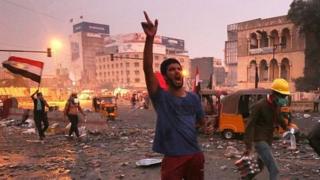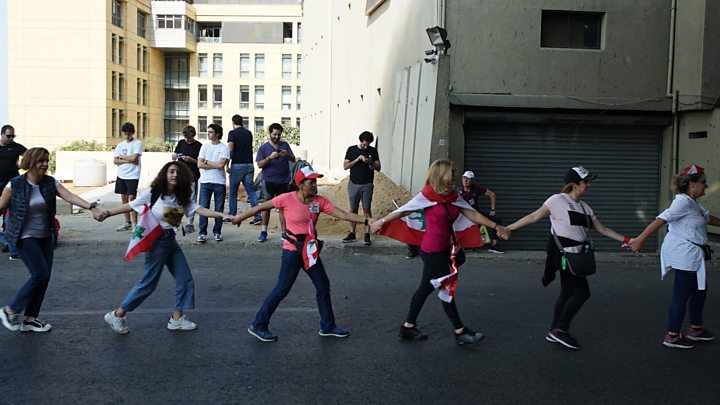Home » Middle East »
Is a new Arab Spring unfolding in the Middle East?
As the last of the Middle Eastern summer fades away, is the region slipping into a new Arab spring?
In Iraq, demonstrators are being shot dead in the streets. In Lebanon protestors have paralysed the country and seem set to bring down the government of Prime Minister Saad al-Hariri. In recent weeks the Egyptian security forces crushed attempts to protest against the police state of President Abdul Fattah al-Sisi.
Iraq, Lebanon and Egypt have plenty of differences. But the protestors have grievances in common, and they are shared by millions of people, particularly the young, across the Arab Middle East.
A rough approximation is that 60% of the region’s population is under the age of 30. A young population can be a great asset to a country. But only if the economy, the educational system and the institutions of the state are functioning well enough to accommodate their needs, and with some exceptions that is not happening.
The young in Lebanon, Iraq, and elsewhere in the region are very often consumed by frustration that slips easily into rage.
Rampant corruption
Two of the biggest complaints are against corruption and unemployment. One leads to another.
Iraq ranks as one of the most corrupt countries in the world, according to a number of indices of worldwide corruption. Lebanon is slightly better, but not by much.
Corruption is a cancer. It eats away at ambition and hope for those who become its victims.
The losers in a corrupt system can get very angry, very quickly when even the educated cannot get jobs, and they see small cliques lining their pockets.
When the institutions of the state – the government, the courts and the police – are implicated it is a sign that the entire system is failing.
In both Lebanon and Iraq demonstrators not only want their governments to resign. They also want the entire system of governance to be reformed or replaced.
Live fire
One of the tragic realities of Iraq is that violence has become ingrained in society. When demonstrators, chanting against unemployment, corruption and the government, took to the streets, it did not take long for live ammunition to be used against them.
The demonstrations on Iraq’s streets, so far, seem to be leaderless. But the fear in the government must be that as time goes by, and casualties mount, they could become more organised.
Demonstrators have targeted bastions of government power, notably the walled off Green Zone in Baghdad. It used to be the centre of the American occupation. Now it is the place where government offices and embassies are located, as well as the homes of prominent people.
The demonstrations started in Baghdad, and have spread. Overnight in the holy city of Karbala there were unconfirmed reports of many killed and injured when demonstrators were fired on. Video has been posted on social media of men running from live fire.
Ever since the protests started, the casualty rate has climbed steadily. Reports from Baghdad say that some Iraqi soldiers have appeared wearing the national flag wrapped around their shoulders, showing what seems to be some solidarity with the protesters.
But reports also say that men dressed in black, some masked, have been opening fire. One theory is that they are from pro-Iranian militias.
Unfinished business
The demonstrations started in Lebanon on 17 October after the government tried introduce taxes on tobacco, petrol and WhatsApp calls. The new taxes were cancelled quickly but it was too late.
To start with, the demonstrations in Lebanon were good-humoured. But the very real tensions in the country are showing, with some outbreaks of violence.
So is it an Arab spring? More than anything it is a sign of the unfinished business left by 2011.
The uprisings of that year did not bring the freedom longed for by the people who demonstrated against tyrannical leaders. But the consequences of the upheaval are still being felt, among them wars in Syria, Yemen and Libya, and a much tougher police state in Egypt.
And the grievances which fuelled the 2011 uprisings are still there, in some cases deepened.
The failure of corrupt systems to accommodate the needs of a large and young population guarantees that the anger and frustration behind the demonstrations will not go away.
Source: Read Full Article




